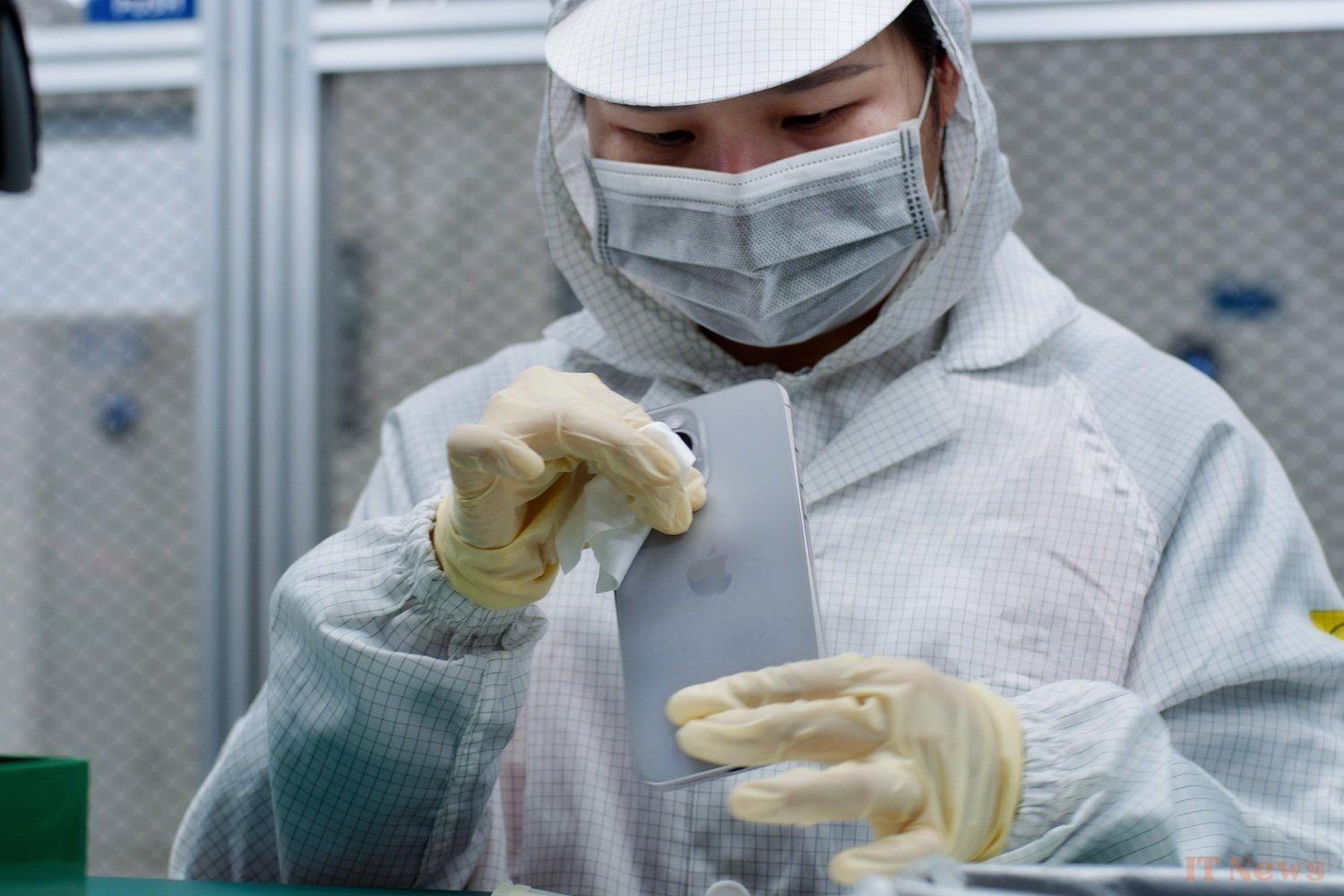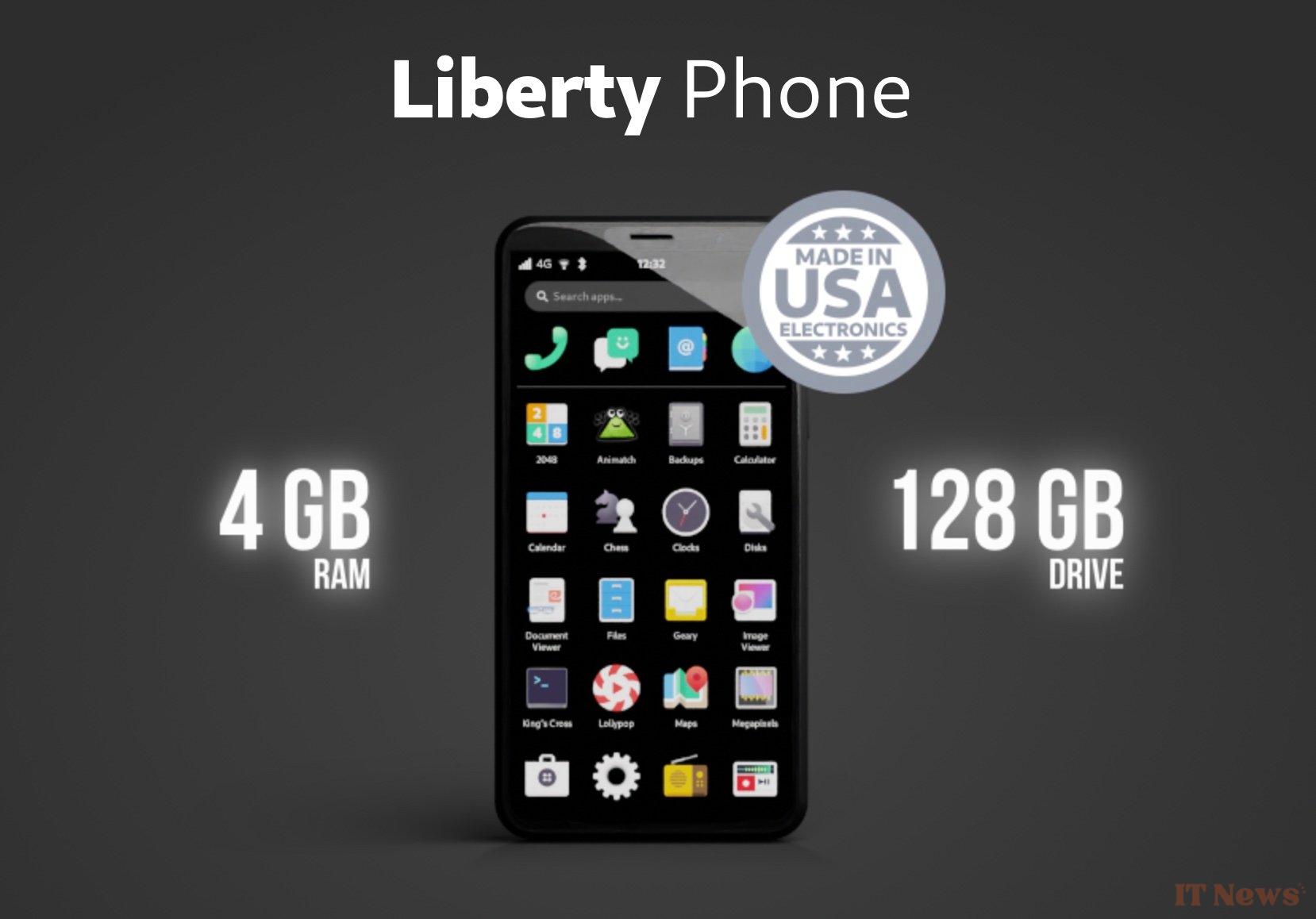Donald Trump thinks the United States has all it takes—resources and manpower—to produce iPhones, as White House press secretary Karoline Leavitt stated this week. Is this true? Several analysts have looked into the matter, and their answers are hardly encouraging for American consumers.
Up to $3,500 for an iPhone made in the United States
Estimates differ: for Bank of America, an iPhone 16 Pro would rise from $1,199 to $1,500 (+25%) if it were to be assembled in the United States. For Wedbush, this price would climb to $3,500 (!) if Apple were to create a complete production line in the United States. An absolutely titanic operation that would require an investment of at least $30 billion over three years, to move 10% of its industrial ecosystem to American soil (iPhones intended for the rest of the world would continue to be produced in Asia).
Assembling is one thing, and it's already extremely complicated. Howard Lutnick, Donald Trump's Secretary of Commerce, has stated that "the army of millions and millions of human beings who screw in tiny screws to make iPhones (...) is going to arrive in America." American workers still have to accept this kind of low-skilled job with grueling working conditions.
The workforce in the United States is not the same as in China, and it's not paid the same either: at the height of iPhone production, an hour's work at Foxconn was paid the equivalent of $3.63 (along with a $1,000 signing bonus). In California, the minimum hourly wage is $16.50, and it's lower in other US states. Bank of America estimates that the labor cost for assembling an iPhone would be $200 in the United States, compared to $40 in China.
But assembly isn't an end in itself. The various components must also be designed in the United States to avoid customs duties on their imports. And the iPhone is a global product, with almost all of its parts coming from all over the world. Semiconductors are not currently among the products taxed by Trump. But who knows, the US president could decide on a whim to impose customs tariffs on these components as well.
Liberty Phone, a $2,000 example
Integrating all iPhone operations in the United States would therefore be particularly costly, especially since certain essential components like rare earths are simply not available locally. Skills are also a major concern. Todd Weaver, the boss of Purism, produces the Liberty Phone smartphone in the United States, with as many components as possible sourced domestically.
In an interview with 404media, he explains that while manufacturing a high-end smartphone—like the iPhone or Galaxy S—in the United States is technically possible, it would require years, massive investment, and a stable market to guarantee a return on investment.
According to him, the main difficulty lies in the transfer of skills: China, and Shenzhen in particular, is full of electronics engineers (EE), with factories and teams capable of assembling and testing products on a large scale. In the United States, these profiles are rare. Training such engineers would take several years.
The Librem 5, a mid-range smartphone made in China, costs $799, with a production cost of around $550. The Liberty Phone, its American equivalent made in the United States by Purism, retails for $2,000, with a production cost of $650. This difference is explained not only by the additional costs associated with local manufacturing and component sourcing, but also by the brand's positioning: enhanced security, auditing of each component, complete traceability—elements intended for sensitive customers such as government agencies, a niche targeted by Purism.
Rather than embark on these grand maneuvers, Apple will instead attempt to obtain exemptions. Tim Cook skillfully managed this during Donald Trump's first term, and the American president finally hinted that he might grant safe-conducts on a case-by-case basis. The sooner the better: tariffs on Chinese products are now 145%… The phone must be ringing off the hook between Cupertino and the White House.
Source: CNBC





0 Comments